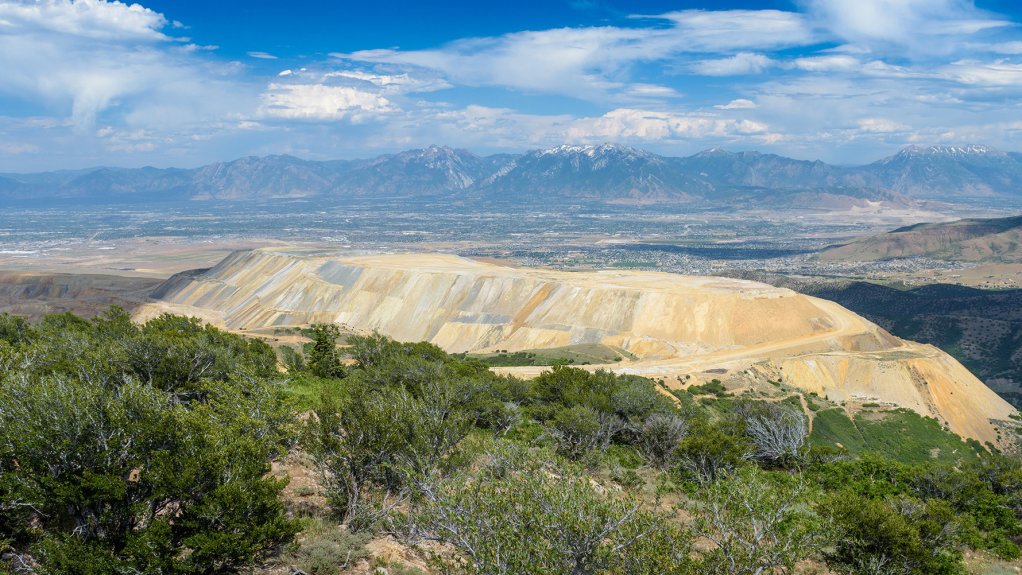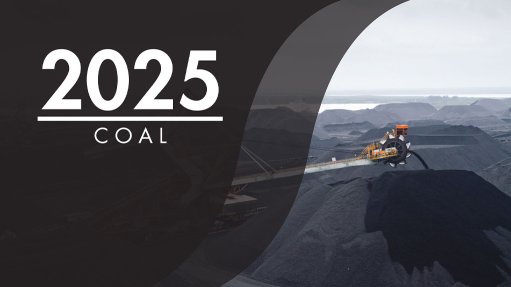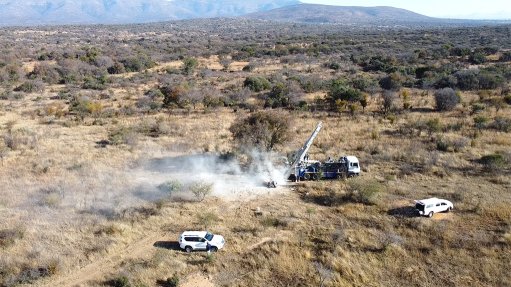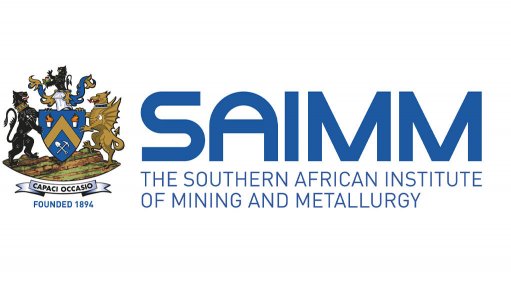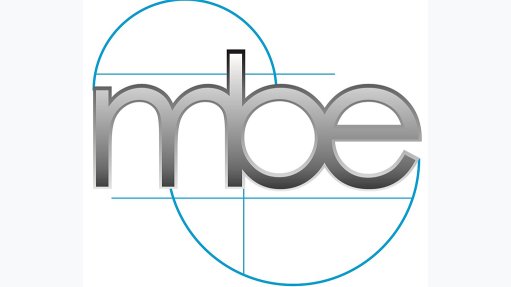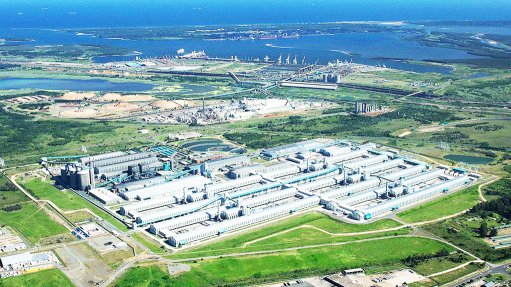US targets critical minerals in mine waste to boost supply security
The US Interior Department on Thursday moved to expand domestic access to critical minerals by targeting mine waste and other legacy sources for extraction.
Under a new directive from Interior Secretary Doug Burgum, the department will streamline federal regulations to accelerate recovery of minerals such as zinc, germanium and rare earths, from coal refuse, tailings and abandoned uranium mines.
The order aligns with President Donald Trump’s executive order to increase US mineral production.
“By unlocking the potential of our mine waste, we are not only recovering valuable critical minerals essential for our economy and national security, but we are also leveraging groundbreaking research from the US Geological Survey (USGS),” Burgum said in a statement.
“This initiative reflects our unwavering commitment to achieving mineral independence.”
The Interior Department will also update guidance to make mine waste recovery projects eligible for federal funding and prioritise reviews for projects involving uranium and other critical minerals. The USGS has been tasked with mapping and inventorying mine waste on federal lands.
“By streamlining regulations for extracting critical minerals from mine waste, we are unleashing the full potential of America’s mineral resources to bolster national security and economic growth,” said acting Assistant Secretary of Lands and Minerals Adam Suess.
Research by the USGS and state geological surveys has revealed promising concentrations of critical minerals at historic mining sites. Tailings from the Bingham Canyon copper mine in Utah contain tellurium, a key material for defence and solar technologies. At Tar Creek in Oklahoma, zinc and germanium - two minerals for which the US is heavily import-reliant - have been identified in lead/zinc waste piles.
The Coeur d'Alene mining district in Idaho contains an estimated $2.5-billion worth of recoverable minerals, including antimony and arsenic. Rare earth elements have been found in coal clays in Appalachia and the Illinois basin. The findings are part of the Earth Mapping Resources Initiative, a federally funded effort to modernise the nation’s geological data.
Article Enquiry
Email Article
Save Article
Feedback
To advertise email advertising@creamermedia.co.za or click here
Announcements
What's On
Subscribe to improve your user experience...
Option 1 (equivalent of R125 a month):
Receive a weekly copy of Creamer Media's Engineering News & Mining Weekly magazine
(print copy for those in South Africa and e-magazine for those outside of South Africa)
Receive daily email newsletters
Access to full search results
Access archive of magazine back copies
Access to Projects in Progress
Access to ONE Research Report of your choice in PDF format
Option 2 (equivalent of R375 a month):
All benefits from Option 1
PLUS
Access to Creamer Media's Research Channel Africa for ALL Research Reports, in PDF format, on various industrial and mining sectors
including Electricity; Water; Energy Transition; Hydrogen; Roads, Rail and Ports; Coal; Gold; Platinum; Battery Metals; etc.
Already a subscriber?
Forgotten your password?
Receive weekly copy of Creamer Media's Engineering News & Mining Weekly magazine (print copy for those in South Africa and e-magazine for those outside of South Africa)
➕
Recieve daily email newsletters
➕
Access to full search results
➕
Access archive of magazine back copies
➕
Access to Projects in Progress
➕
Access to ONE Research Report of your choice in PDF format
RESEARCH CHANNEL AFRICA
R4500 (equivalent of R375 a month)
SUBSCRIBEAll benefits from Option 1
➕
Access to Creamer Media's Research Channel Africa for ALL Research Reports on various industrial and mining sectors, in PDF format, including on:
Electricity
➕
Water
➕
Energy Transition
➕
Hydrogen
➕
Roads, Rail and Ports
➕
Coal
➕
Gold
➕
Platinum
➕
Battery Metals
➕
etc.
Receive all benefits from Option 1 or Option 2 delivered to numerous people at your company
➕
Multiple User names and Passwords for simultaneous log-ins
➕
Intranet integration access to all in your organisation



